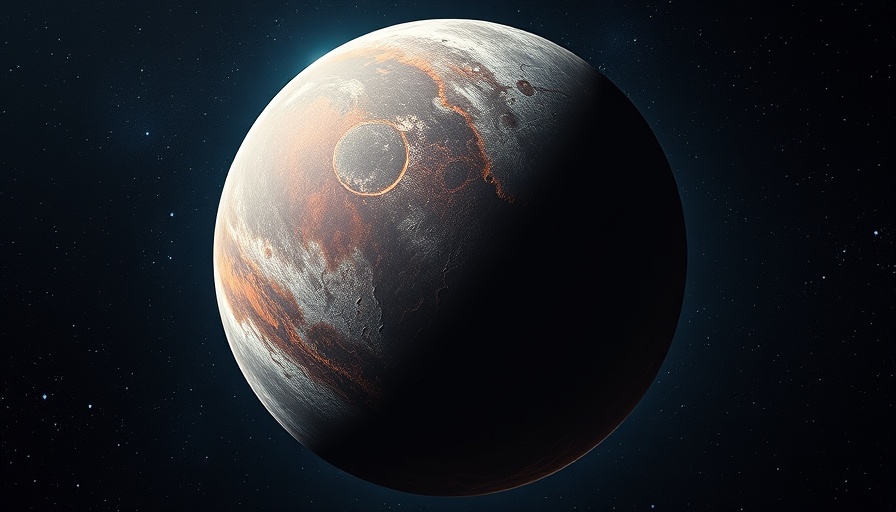
The Elusive Quest for Mercury's Meteorites
For decades, scientists have been puzzled by the absence of meteorites originating from Mercury, the planet closest to the Sun. While we have approximately 1,000 meteorite samples from the Moon and Mars, likely ejected by impacts, Mercury’s harsh conditions and proximity to the Sun have stymied similar discoveries. However, recent research led by a team of planetary scientists has brought us tantalizingly close to solving this mystery.
New Discoveries: Insights into Mercury's Formation
According to a study published in the journal Icarus, researchers have identified two meteorites—Ksar Ghilane 022 and Northwest Africa 15915—that may have originated from Mercury. If confirmed, these meteorites could offer vital information regarding Mercury's geological history and its evolution over time. Understanding the composition of these fragments might reshape our knowledge about how Mercury formed and what it looked like in its earlier days.
The Challenge of Retrieving Samples from Mercury
Why is obtaining samples from Mercury so difficult? The challenge stems from the planet's nearness to the Sun, making space missions extremely complex and expensive. The intense solar radiation and heat create numerous obstacles for rovers or landers attempting to investigate Mercury’s surface. As such, meteorites that manage to reach Earth may be our only practical means of studying this enigmatic planet directly.
Exploring the Characteristics of Found Meteorites
The study examined the unique mineral compositions of Ksar Ghilane 022 and Northwest Africa 15915, noting their potential connection to Mercury. Unlike other proposed fragments, such as aubrites and NWA 7325, these two samples display fascinating similarities in their mineralogy to Mercury’s estimated surface composition, suggesting they may be remnants from a Mercury-like parent body.
Implications of Potential Meteorite Origins
If these meteorites can be definitively linked to Mercury, it would not only validate the researchers' hypotheses but also advance our understanding of planetary formation processes. The minerals found in these meteorites, such as sodium-rich plagioclase and iron-poor pyroxene, could provide clues to the planet's climatic history and help us assess its potential for hosting life in any form.
Looking Forward: The Future of Mercury Research
This emerging evidence has sparked interest among geologists and astrobiologists alike, highlighting the need for further study and analysis. With future missions being planned to study rocky exoplanets, understanding Mercury will continue to be crucial not just for learning about our solar system but also for informing our knowledge of distant worlds.
One can only hope that as technology advances and space exploration becomes more accessible, we will uncover more about Mercury and potentially discover meteorites that can help us unearth the planet’s mysteries. The quest to understand our celestial neighbors continues, reinforcing the idea that each discovery leads to another question worth exploring.
 Add Row
Add Row  Add
Add 




Write A Comment